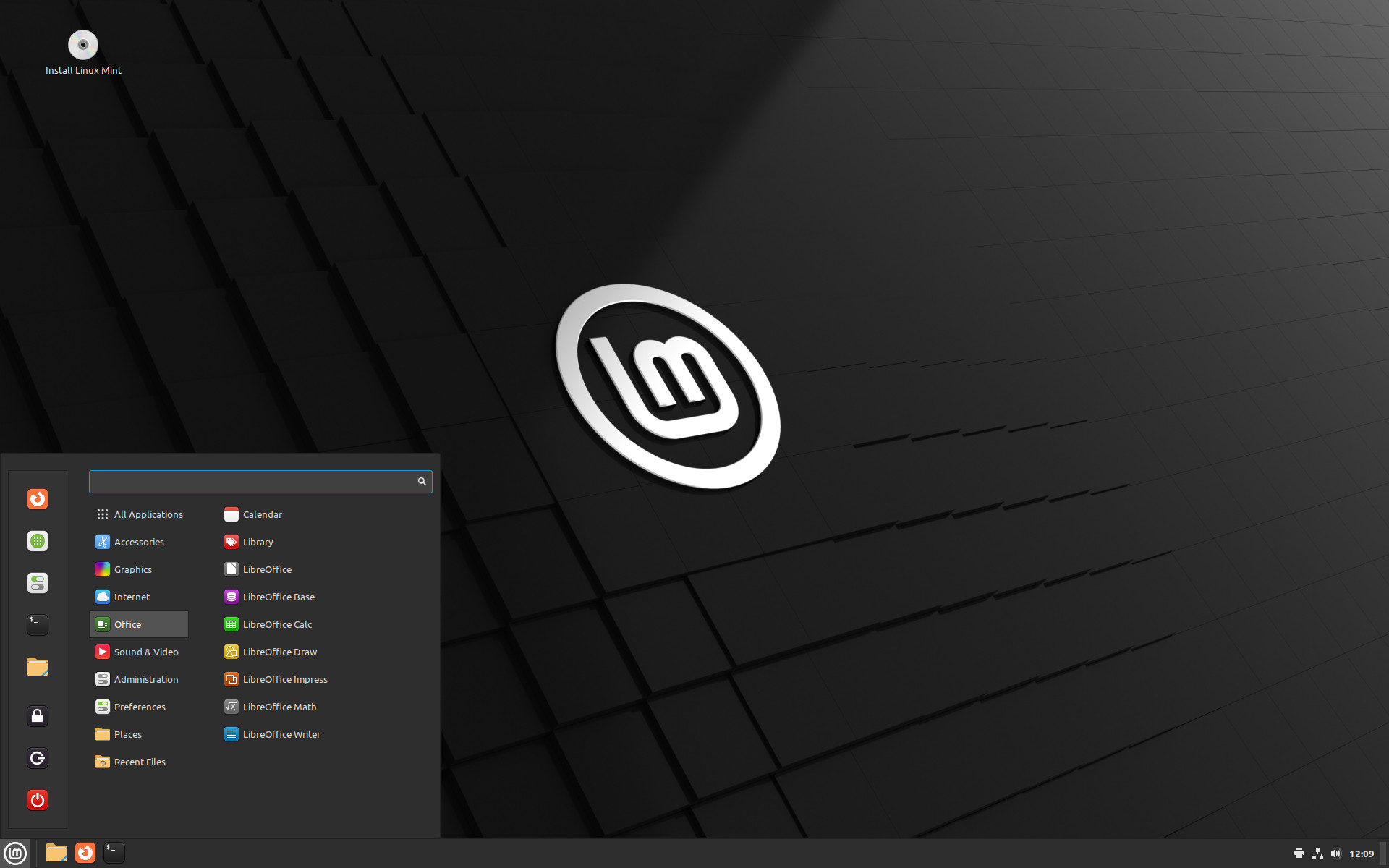InstallFest 2025: Get Started with Linux
Welcome to InstallFest! We’re glad you’re here. This guide will walk you through the basics of Linux and how to get the most out of the USB drive you received from the UMBC Linux Users Group (LUG).
Disclaimer
The UMBC Linux Users Group (LUG) and all affiliated individuals and organizations, including the University of Maryland, Baltimore County (UMBC), will not be held liable for any damage to hardware or loss of data that may occur on your system. Participants acknowledge that installing Linux carries a small, inherent risk, and by proceeding, you are accepting full responsibility for your own system. We strongly recommend that you back up all important files before the installfest.
What Is Linux?
Linux is a free and open-source operating system. It’s known for being secure, highly customizable, and is used everywhere—from personal computers and web servers to supercomputers.
Why Choose Linux?
- Privacy: Use it to protect your data and stay anonymous online. Try Tails OS for secure, no-trace browsing.
- Revive Old Hardware: Linux runs efficiently on older computers that struggle with newer versions of Windows.
- Stay Supported: With Windows 10 reaching its end of life on October 14, 2025, Linux is a great way to keep your device secure and up to date.
- Flexibility: Customize everything from the look and feel to the software and entire desktop environment.
Your USB Drive: Powered by Ventoy
Your USB drive is loaded with Ventoy, a tool that lets you choose which operating system to boot into. Think of it as a multi-OS drive.
Here are the systems currently on your drive:
- Fedora KDE Plasma (Live): A modern, polished desktop experience.

- Linux Mint Cinnamon (Live): A popular choice for beginners, with a familiar, user-friendly interface.

- Debian (Net Install): A powerful, minimal option for advanced users who want full control over their installation.
- Tails (Live): A privacy-focused system designed to help you browse the web anonymously.

Want to Try Another Linux Distro?
You can add other Linux “distros” (versions) to your drive.
- Find a distro you like on DistroWatch and download its ISO file.
- Insert the USB drive into your computer.
- Find the USB partition that contains the ISO files. It will be about 7.5GB in size.
- The drive is at capacity, so you’ll need to delete an existing distro (Mint and Fedora take up the most space) to make room.
- Copy your new ISO file to the same location.
How to Boot from the USB Drive
- Insert the USB drive.
- Restart your computer.
- As your computer starts, press the boot menu key (often
F12,Esc, orDel). - Select your USB drive from the menu.
- Choose a system from the Ventoy menu to try it out.
Tip: If you have trouble, you may need to disable Secure Boot in your computer’s BIOS/UEFI settings.
Ways to Try Linux Without Installing It
You don’t have to install Linux to use it. Here are a few ways to get started:
- Live USB: Boot from the USB drive to try Linux temporarily without making any changes to your computer’s hard drive.
- Virtual Machine: Run Linux as a program inside Windows or macOS using software like VirtualBox.
- Windows Subsystem for Linux (WSL): A tool for Windows 10/11 that lets you use Linux command-line tools without replacing your operating system.
Installing Linux Permanently
If you love what you see, you can install Linux on your computer.
Backup Recommendations
- External hard drive or USB stick
- Cloud storage (Google Drive, Dropbox, etc.)
- Another computer
Dual-Booting (Advanced)
If you want to install Linux alongside your existing Windows system, you can set up a dual-boot. This is a more advanced process, but it allows you to choose between Windows and Linux every time you start your computer.
The Linux Mint installer makes this process straightforward:
- Boot to the Linux Mint system on your USB drive.
- During the installation, when you reach the “Installation Type” screen, select
Install Linux Mint alongside Windows Boot Manager. - You can then use the slider to choose how much space to allocate to each operating system. Make sure to leave enough room for both to grow.
- Once the installation is complete, you’ll see a menu (called GRUB) every time you start your computer, giving you the option to boot into either Linux Mint or Windows.
Note: While other distros can be dual-booted, the process may not be as intuitive. Don’t hesitate to find a guide or ask for help!
Recommended Guides
- Linux Mint Installation Guide
- Fedora Install Guide
- Debian Installation Guide
- Tails Install Guide
- Ventoy User Guide
Need Help?
Join the UMBC Linux Users Group (LUG)!
- Weekly Meetings: Wednesdays at 7:15 PM
- Join our Discord: https://discord.com/invite/jgMqPtK2mg